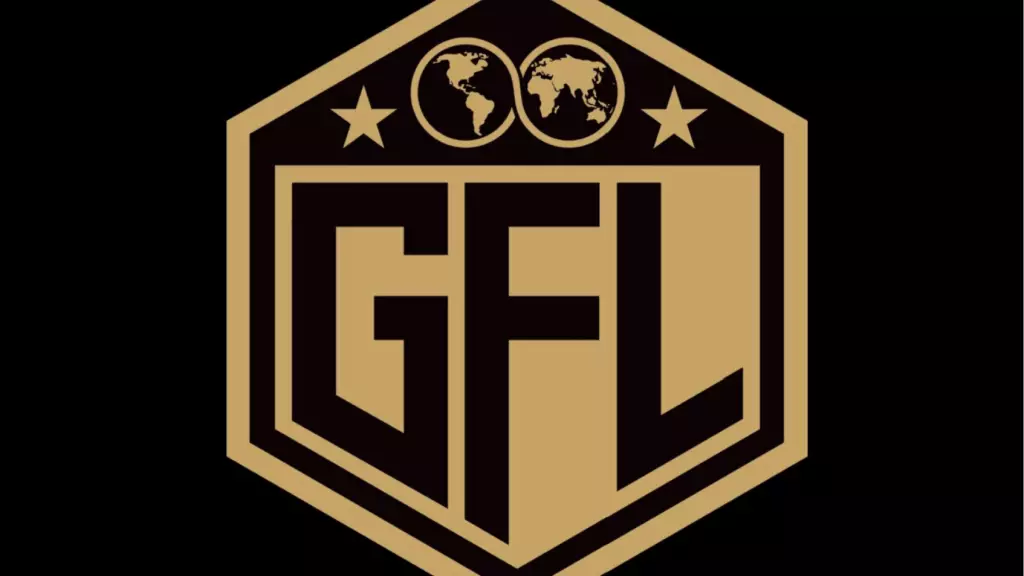The evolution of mixed martial arts (MMA) promotions has recently taken a significant turn with the Global Fighting League (GFL) announcing new operational details aimed at enhancing the experience of its athletes. In a memo that has sparked curiosity within the MMA community, GFL’s founder Darren Owen has highlighted the promotion’s commitment to its fighters, unveiling plans that reflect a more athlete-centric approach. This article delves into the intricate components of the GFL’s communication and what they signify for the future of MMA.
In an industry where fighters often feel undervalued, GFL’s memo states a refreshing ideology: the notion of freedom within contracts. Owen’s reassurance that athletes can ask for a release without repercussions illustrates an unprecedented level of transparency. He states, “If you want a release from your contract just ask me for it,” emphasizing a partnership mentality that many promotions have yet to embrace. This paradigm shift appears to prioritize the aspirations of athletes, aiming to ensure that they feel in control of their careers. Such empowerment is crucial in a sport where athletes often seem expendable to organizations.
One of the standout features of the GFL’s announcement is the clear framework for its operations. The league has established a six-month season, with fights scheduled across various prominent cities each month. Notable locations include Los Angeles, New York, London, and even Dubai, suggesting a global ambition. The planned structure not only enhances audience engagement by keeping fans eager for each event but also allows fighters to prepare for their bouts with clarity on when they will compete. The formulation of playoffs for each weight class signifies a competitive edge, providing additional incentives for fighters to consistently perform at their best.
Additionally, by mandating that each athlete competes three times over the season, GFL is setting a precedent for regular action, which can significantly raise their profiles in an otherwise competitive landscape for visibility. As each team represents a different city, local fans will likely develop a strong affinity toward their home teams, enriching the promotion’s potential fan base.
Another crucial aspect of GFL’s memo is its approach to broadcasting. By collaborating with platforms like ESPN+ and DAZN, the promotion is looking to maximize its reach. The mention of “offers from multiple major global platforms” hints at a strategy that prioritizes visibility to a global audience, which is essential for both athletes and the future of the promotion itself. Furthermore, GFL’s revenue-sharing strategy, which promises athletes 50% of the revenue generated from their fights, might attract top-tier talent who are often deterred by lagging financial incentives from other promotions.
However, the stipulation that fighters won’t be permitted to wear sponsors on their fight kits raises questions. While the rationale of revenue-sharing is understandable, this could pose challenges for fighters wishing to secure personal sponsorships that can supplement their earnings. On the contrary, the 20% commission for fighters who succeed in securing sponsorships for the promotion adds a layer of incentive that rewards athletes for their entrepreneurial efforts.
The ambition for high-stakes matchups and a commitment to compelling fight cards are pivotal to the GFL’s vision for success. By allowing fans to vote on the order of fights, GFL is fostering a sense of community and investment in the event. This interactive element could redefine fan engagement, as spectators will feel their voices contribute to the programming.
Moreover, the collaboration with Box to Box Films, known for their work in producing high-quality content for other sports, signals a dedication to marketing and showcasing fighters effectively. This strategic partnership emphasizes the promotion’s intent to elevate fight presentation, drawing parallels to the crisp production quality seen in renowned sports leagues.
GFL’s recent announcements mark a significant step toward redefining the relationship between promotions and fighters. By prioritizing transparent communication, implementing a structured competition format, and offering compelling financial incentives, GFL showcases a viable roadmap for future promotions. If these ideals are carried out effectively, GFL may not only enhance the athlete experience but potentially revolutionize how MMA promotions operate, setting a new standard in the industry. The road ahead appears promising, inviting athletes and fans alike to partake in a transformative journey within the sport.

